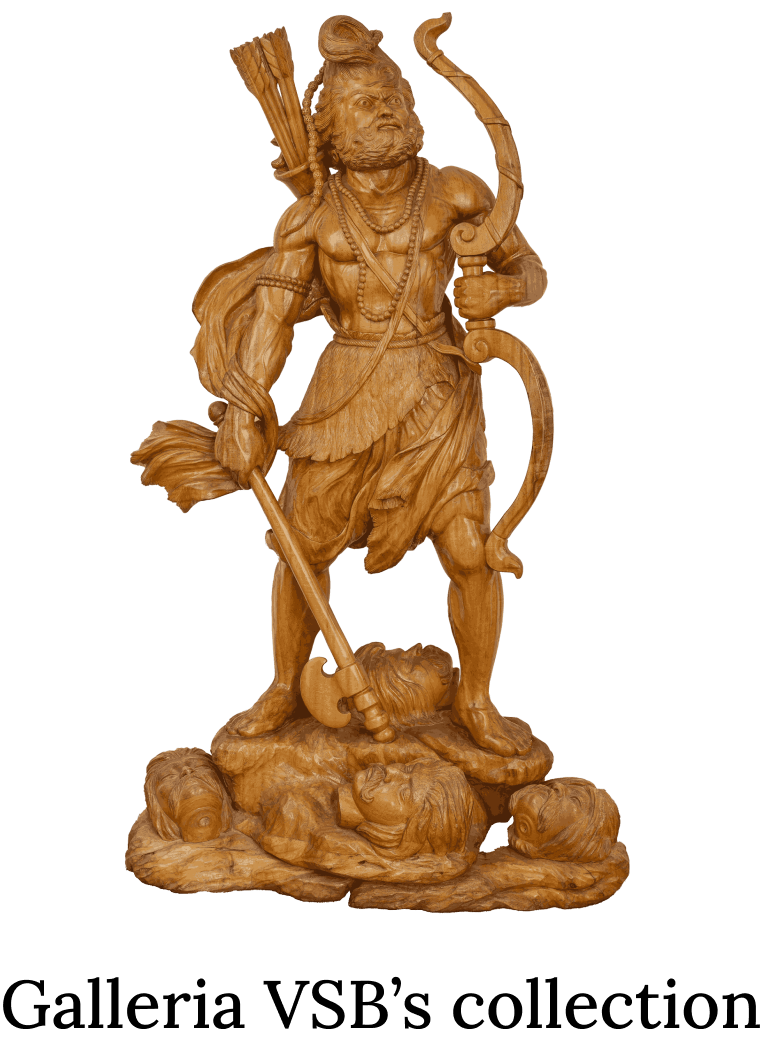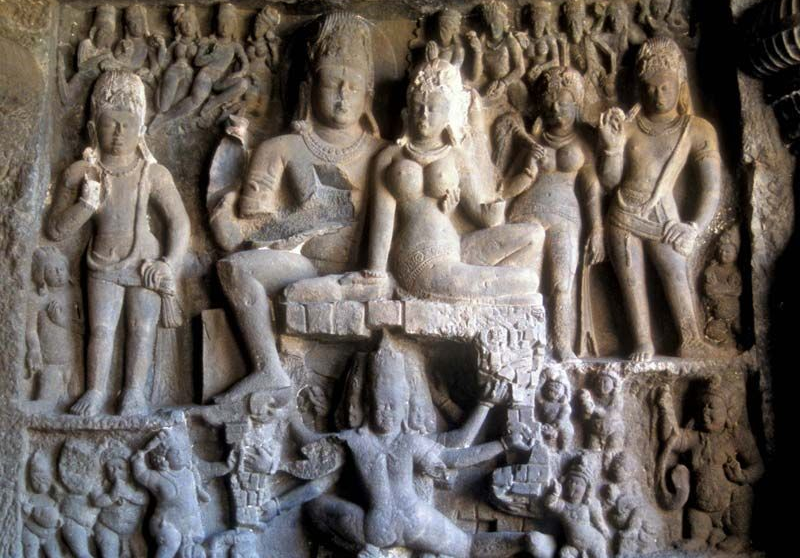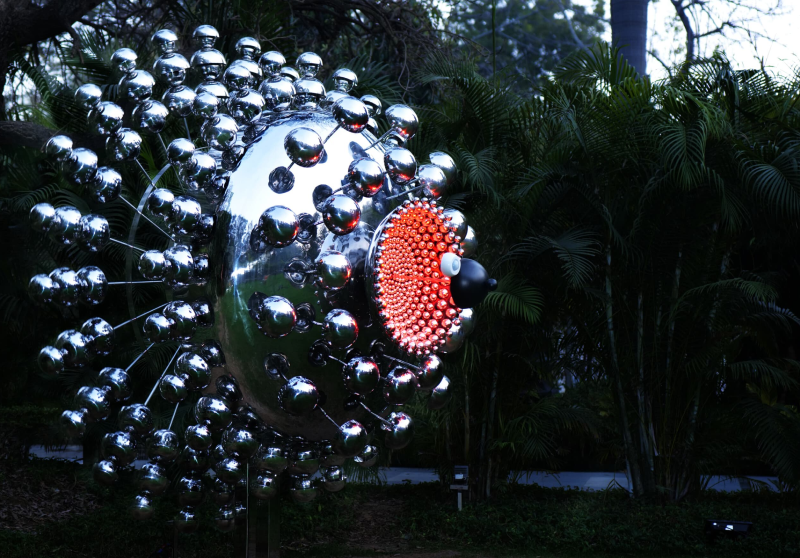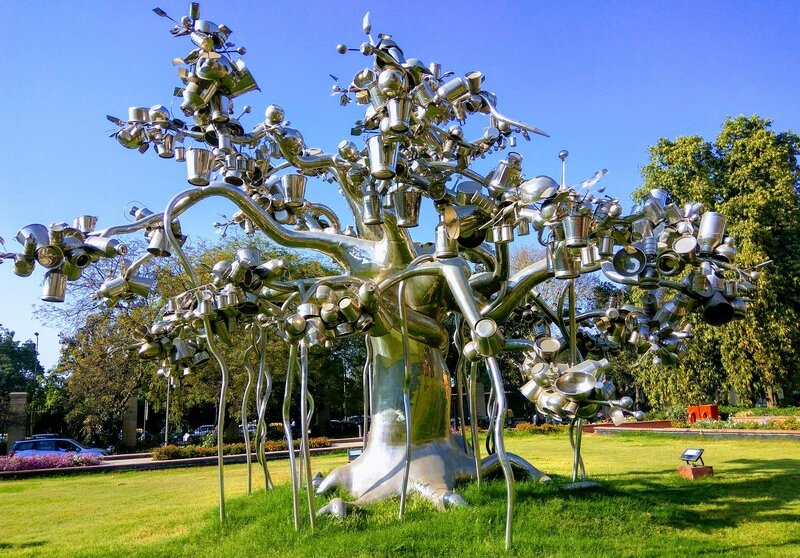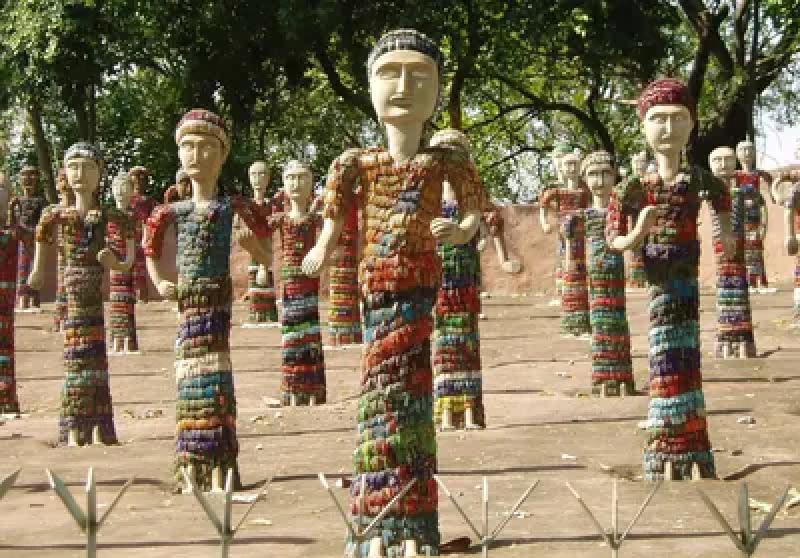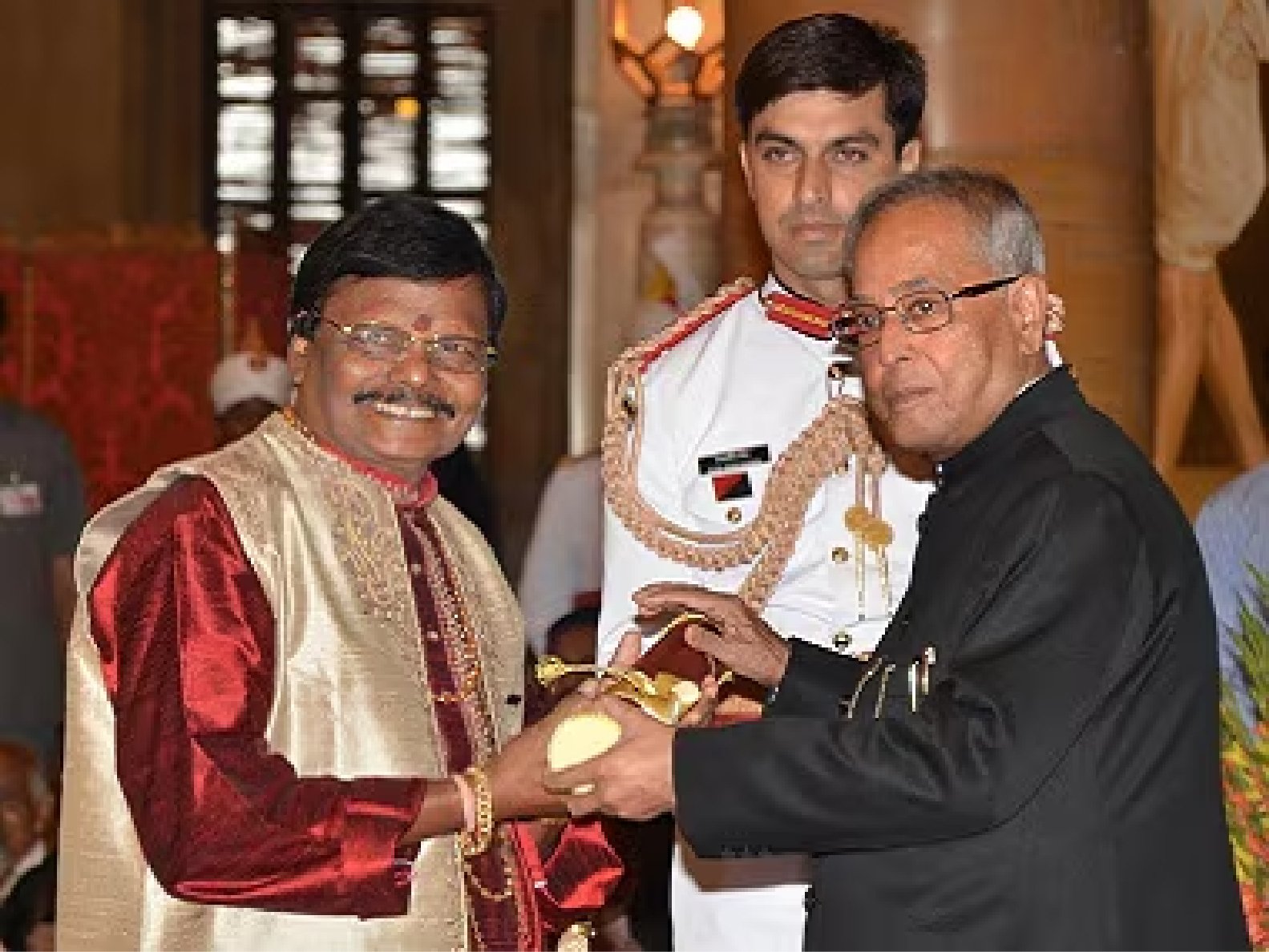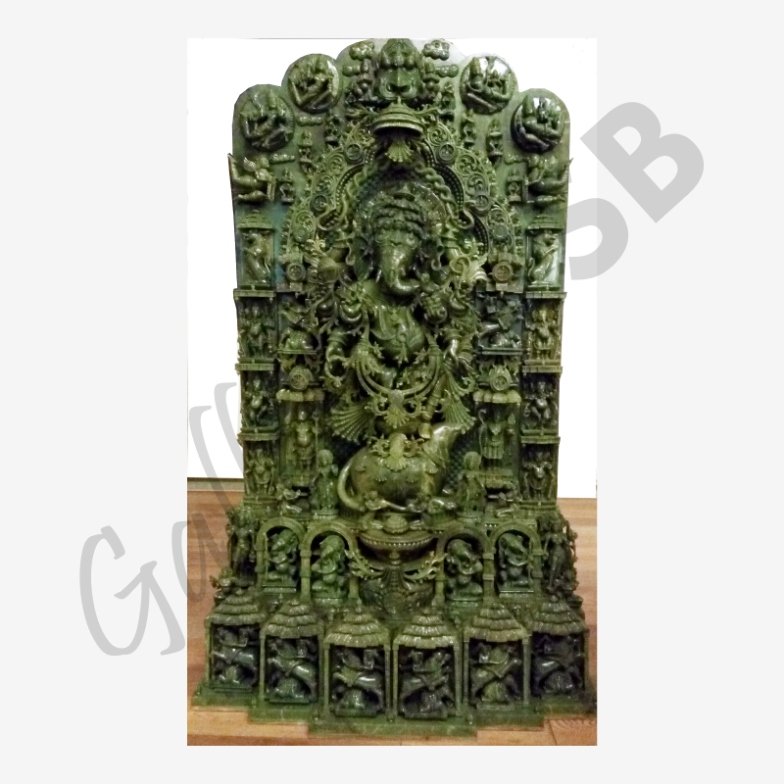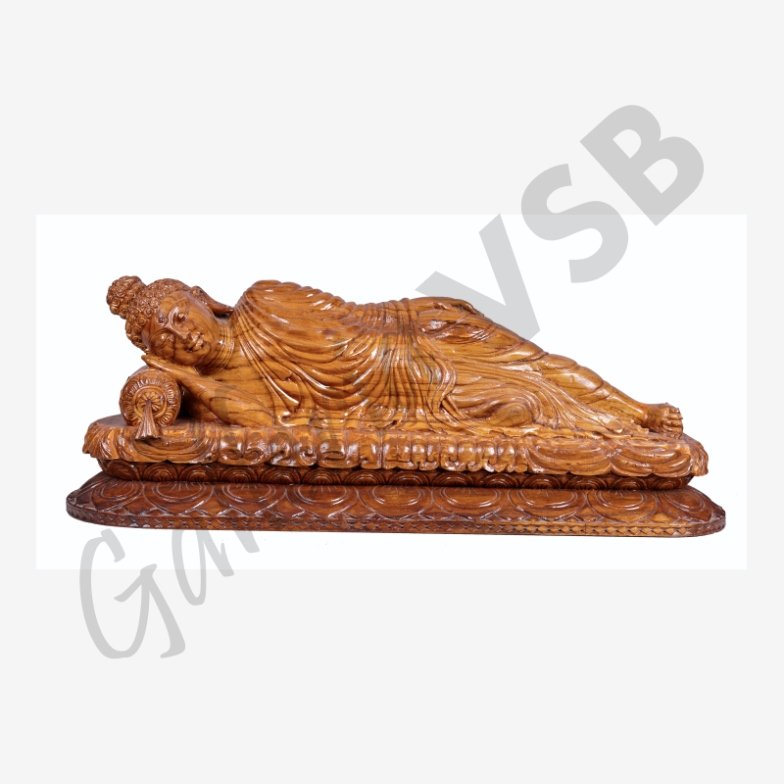Sculpture is a branch of the visual arts focused on creating three-dimensional works that exist in height, width, and depth. It is one of the plastic art form involving the shaping of materials into objects, figures, or abstract forms.
Over time, sculpture has evolved to reflect varying cultural, societal, and technological contexts. Traditionally, sculptors used methods like carving (removing material) and modeling (adding material, such as with clay) with materials like stone, metal, ceramics, and wood. However, since the advent of Modernism, sculptors have had the freedom to use a broad range of materials and techniques, including carving, welding, assembling, molding, and casting.
Indian sculpture, in particular, is known for its rich tradition and variety in forms and materials.


